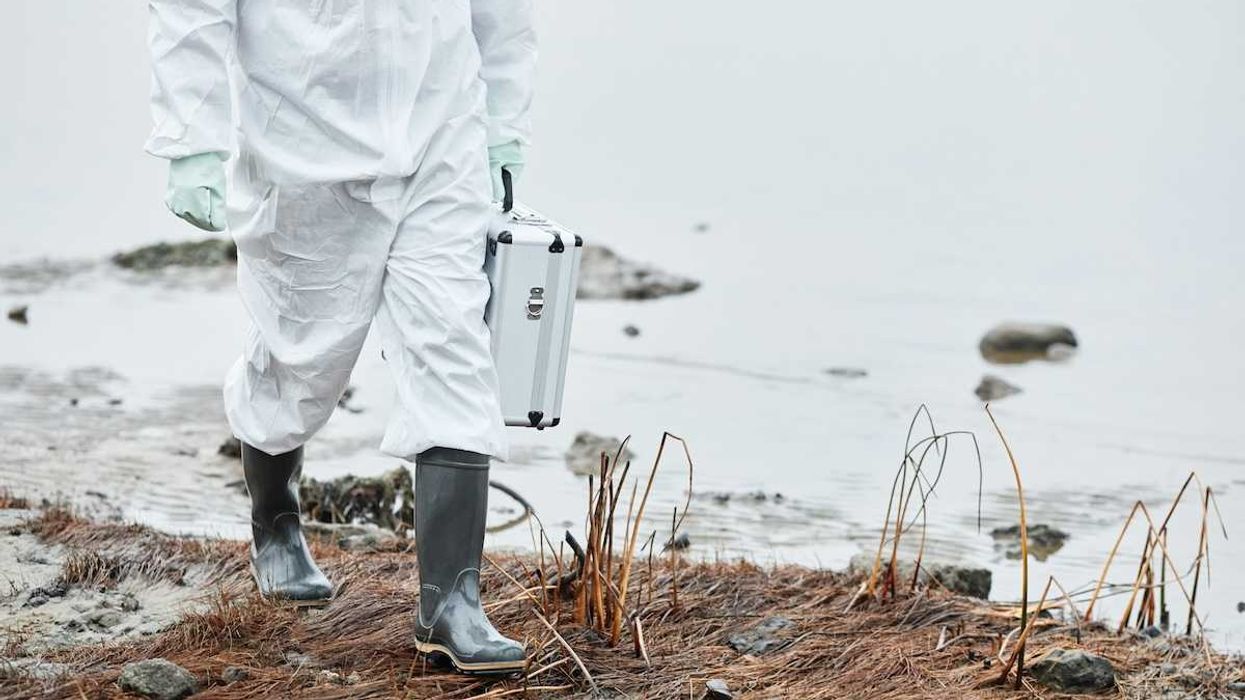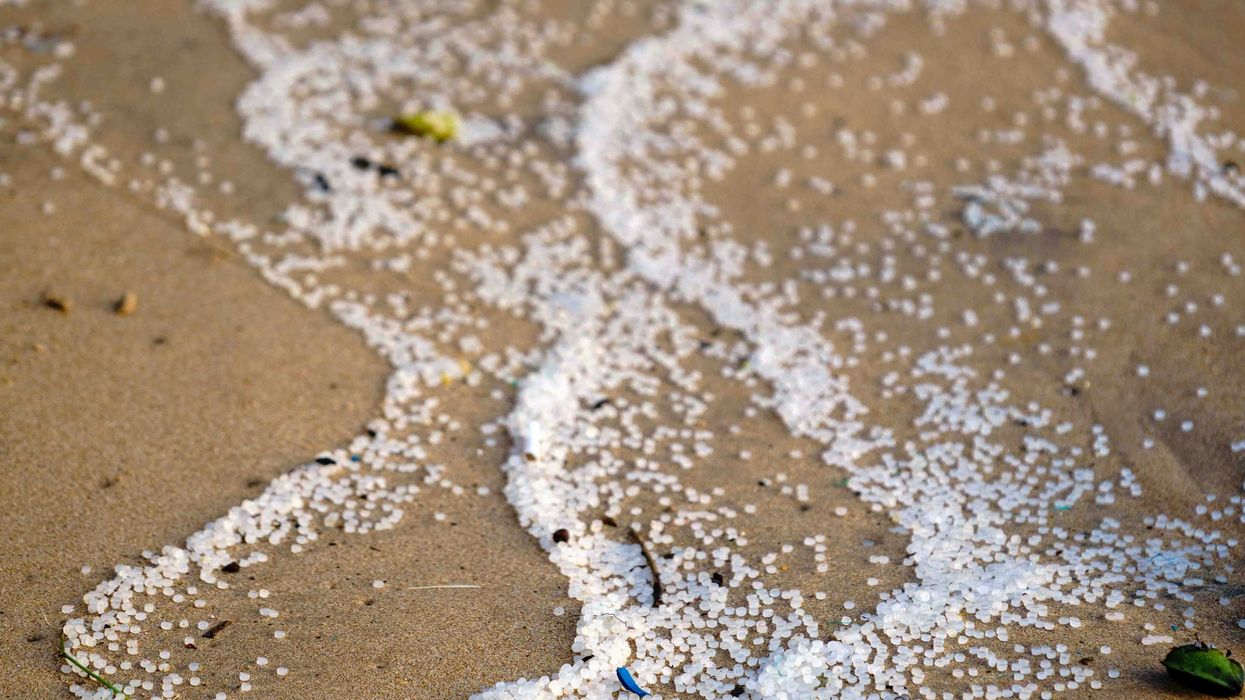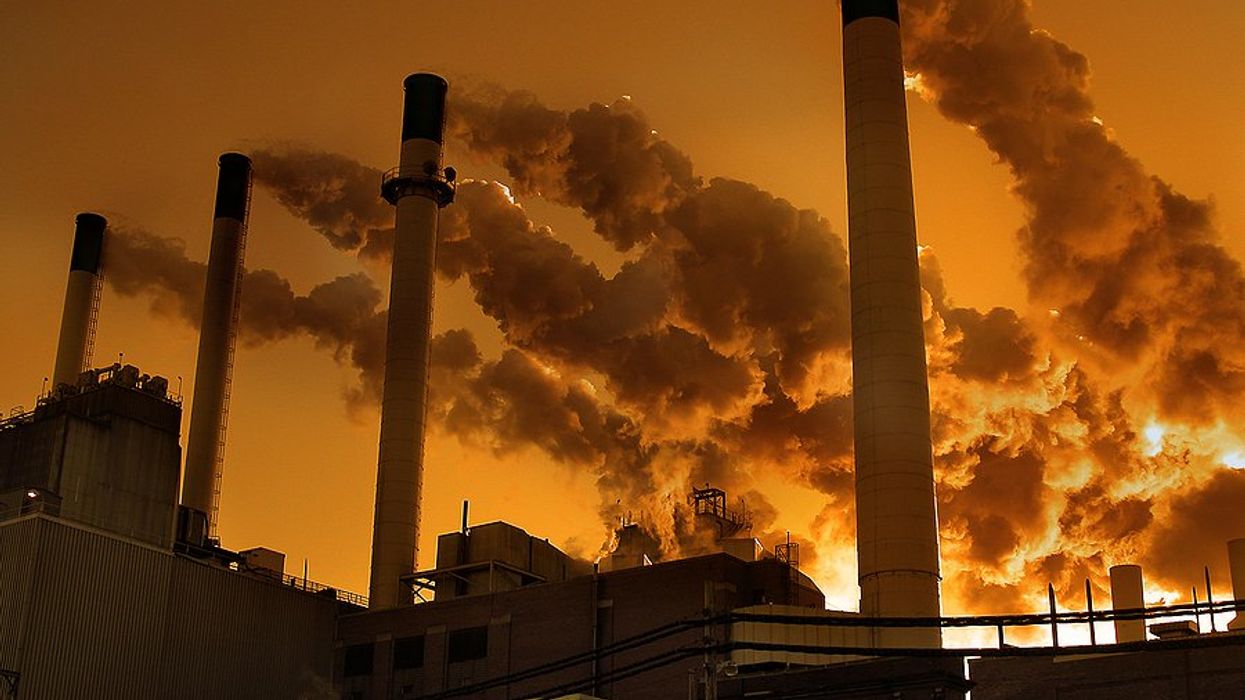Highly fluorinated chemicals are contaminating the water of millions of people in the U.S. and it's time for the federal government and researchers to coordinate research and education efforts to protect communities from the toxics, according to a letter sent to U.S. House and Senate committees today.
The letter, signed by 39 scientists and published in the research journal Environmental Health, points to increasing evidence that the compounds—called per- and polyfluoroalkyl substances (PFAS) and commonly used as stain and water repellents and in fire fighting foams—are pervasive in drinking water.
A 2016 study estimated the drinking water for about 6 million people in the U.S. exceeded federal health advisory levels for two of the most common compounds, perfluorooctanesulfonic acid (PFOS) and perfluorooctanoic acid (PFOA). The chemicals are currently unregulated by the U.S. Environmental Protection Agency.
However, a new report by California-based Eurofins Eaton Analytical laboratories found that while EPA data estimated about 4 percent of the nation's drinking water supplies contain chemicals such as PFOS and PFOA, its own testing data suggests about 28 percent of water supplies contain some amount of the chemicals.
This would mean tens of millions of Americans would be drinking contaminated water.
Thank you @ArleneBlum1 and @Green_Science for your leadership in calling for action on this critical public health issue. #PFAS #drinkingwater https://t.co/o7G8SrEtSC
— Silent Spring Inst (@SilentSpringIns) November 14, 2017
"We as scientists and public health professionals support the development of a coordinated research strategy to learn as much as possible from the unfortunate exposure of millions of Americans to PFASs in their drinking water," the scientists wrote, adding that "action is needed now."
An estimated 95 percent of people in the U.S. have some level of highly fluorinated chemicals in their blood, according to a 2011 study. The chemicals have been linked to a variety of human health problems, including kidney cancer, decreased birth weights, thyroid disease, decreased sperm quality, high cholesterol, pregnancy-induced hypertension, asthma and ulcerative colitis.
States across the country are dealing with the chemicals tainting water supplies. In July the House of Representatives included amendments to the 2018 U.S. Defense authorization bill that would authorize a five-year U.S. study of PFOA and PFOS exposures resulting from military use of firefighting foam containing the chemicals.
The scientists who sent today's letter said the amendments were a "step in the right direction ... but likely insufficient."
"If and when the study is carried out, its scope should be expanded to include a wider range of PFASs than PFOA and PFOS," they added.
Arlene Blum, of the Green Science Policy Institute and co-author of the letter, said people in the communities affected by these chemicals are "test subjects in an unintended chemical experiment."
Blum and colleagues point to the massive study a decade ago of nearly 70,000 community members in the Ohio River Valley—dubbed the C8 Science Panel—as a model for studying current contamination and health impacts from PFOS, PFOA and other highly fluorinated chemicals.
See the full letter in the Environmental Health journal.
















